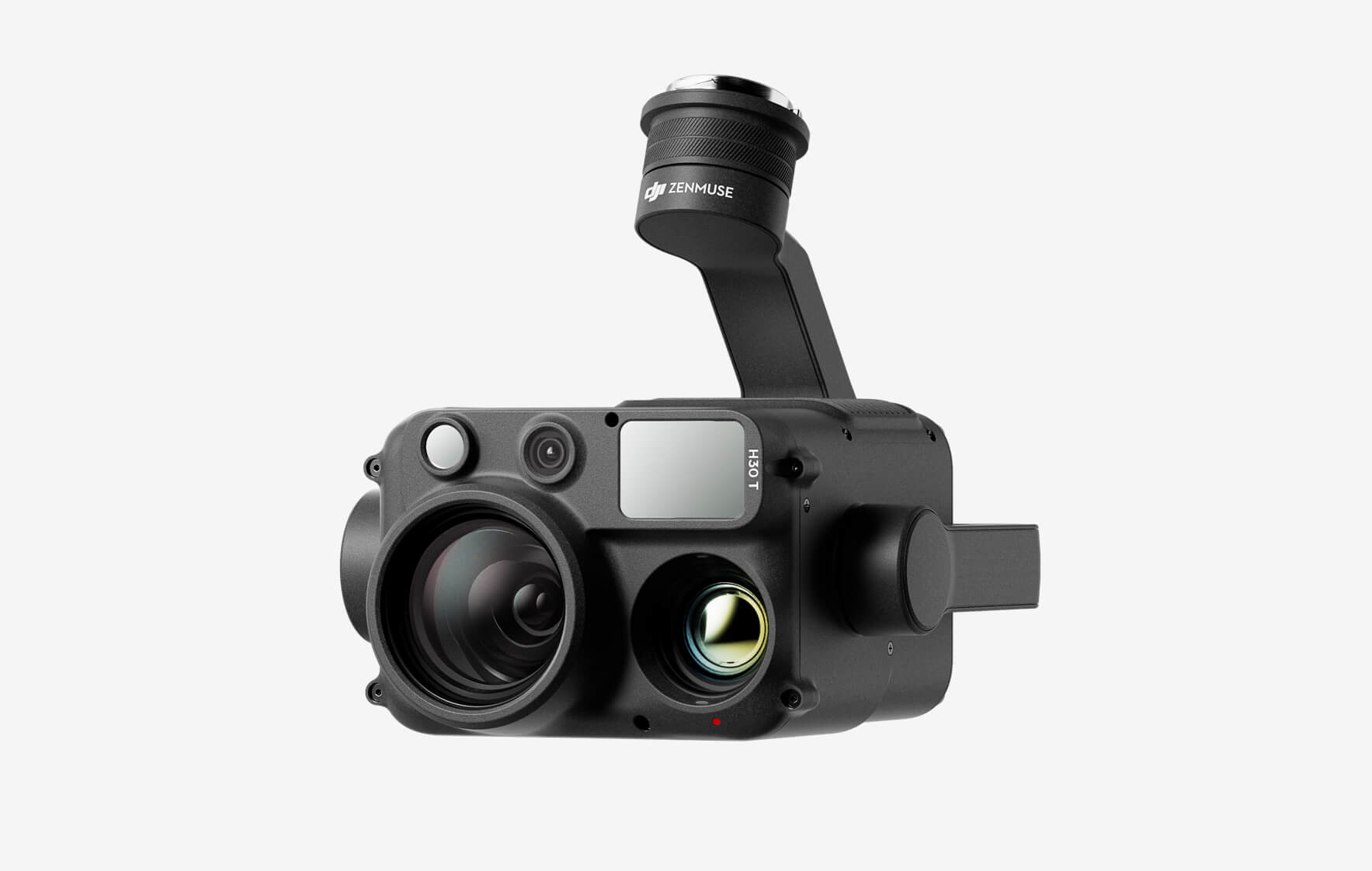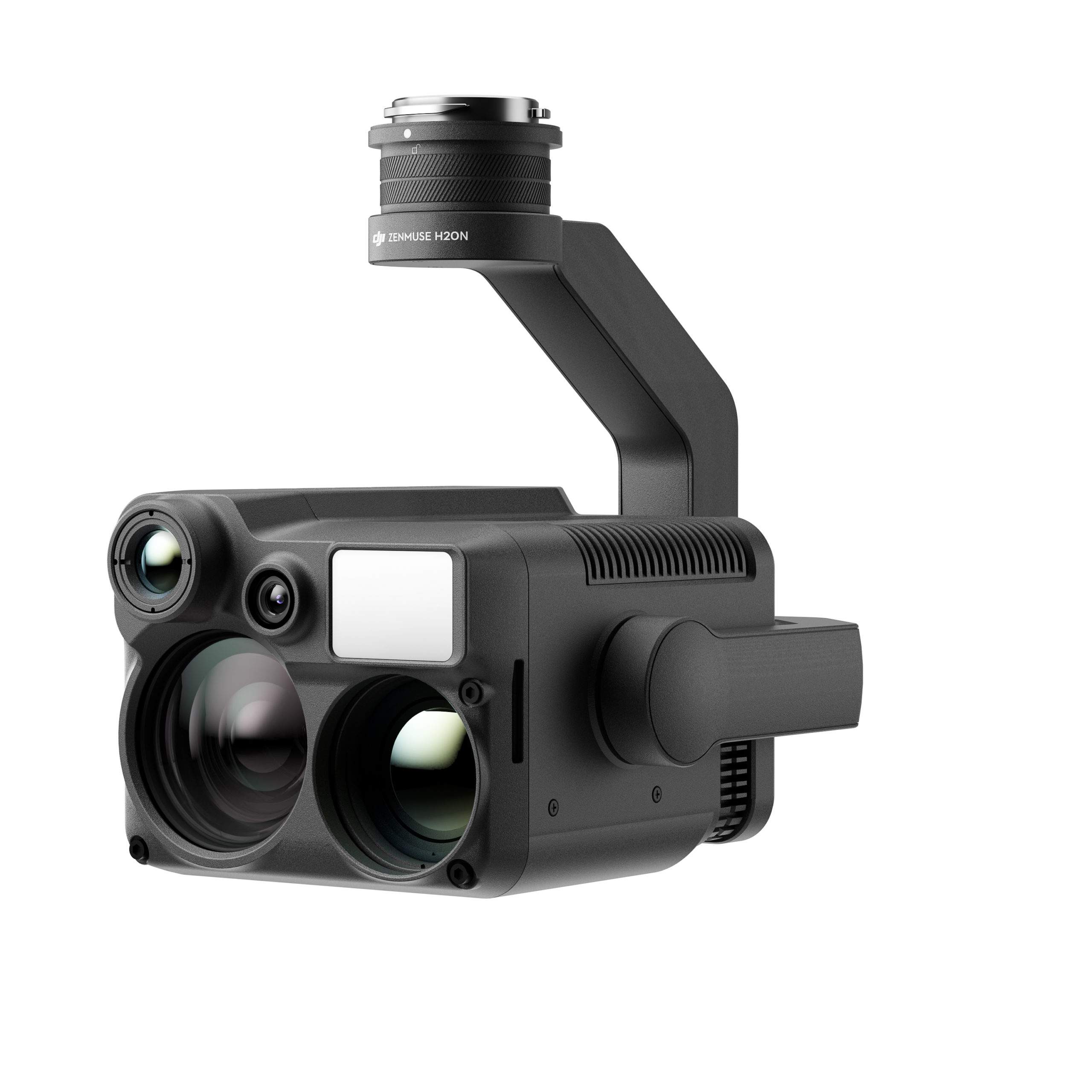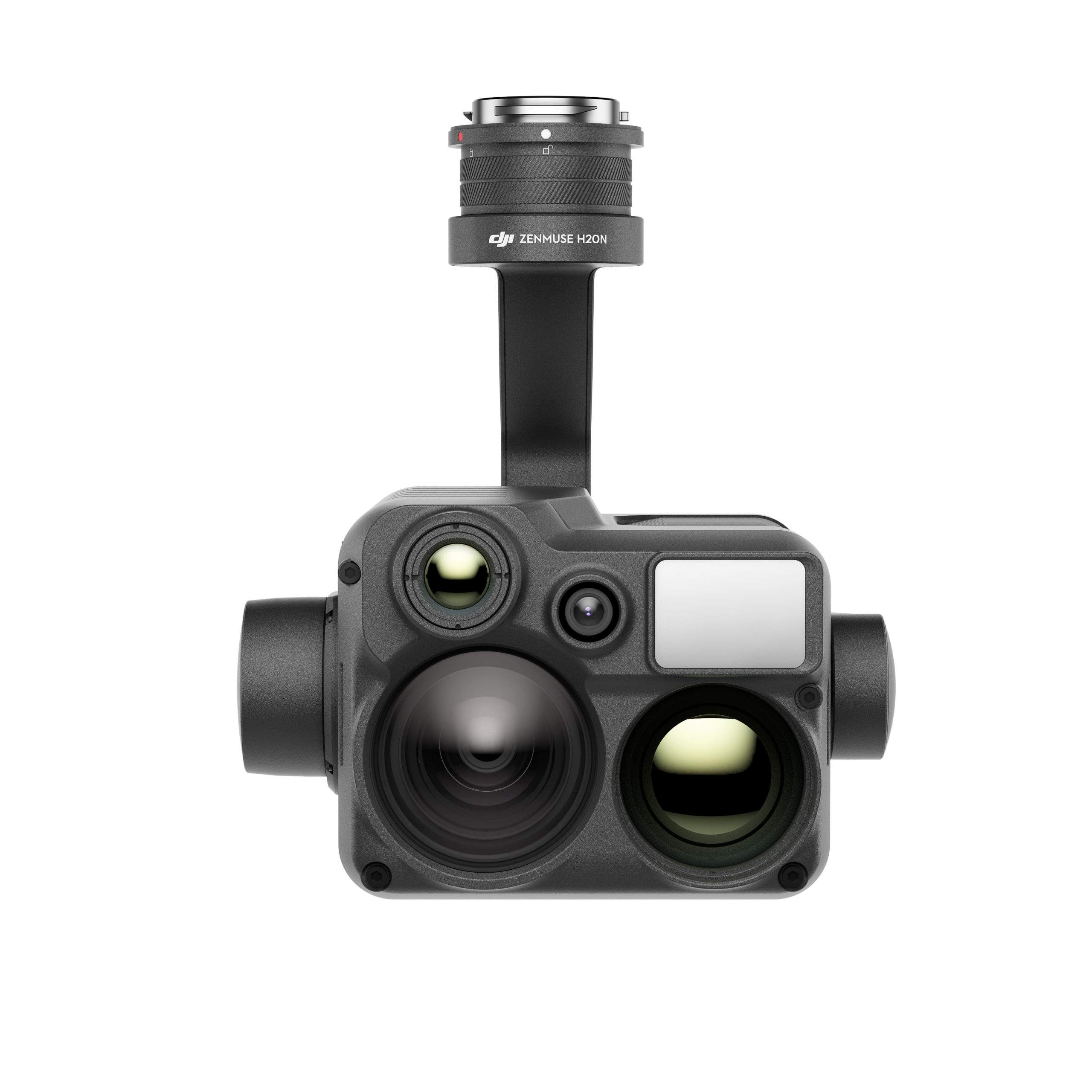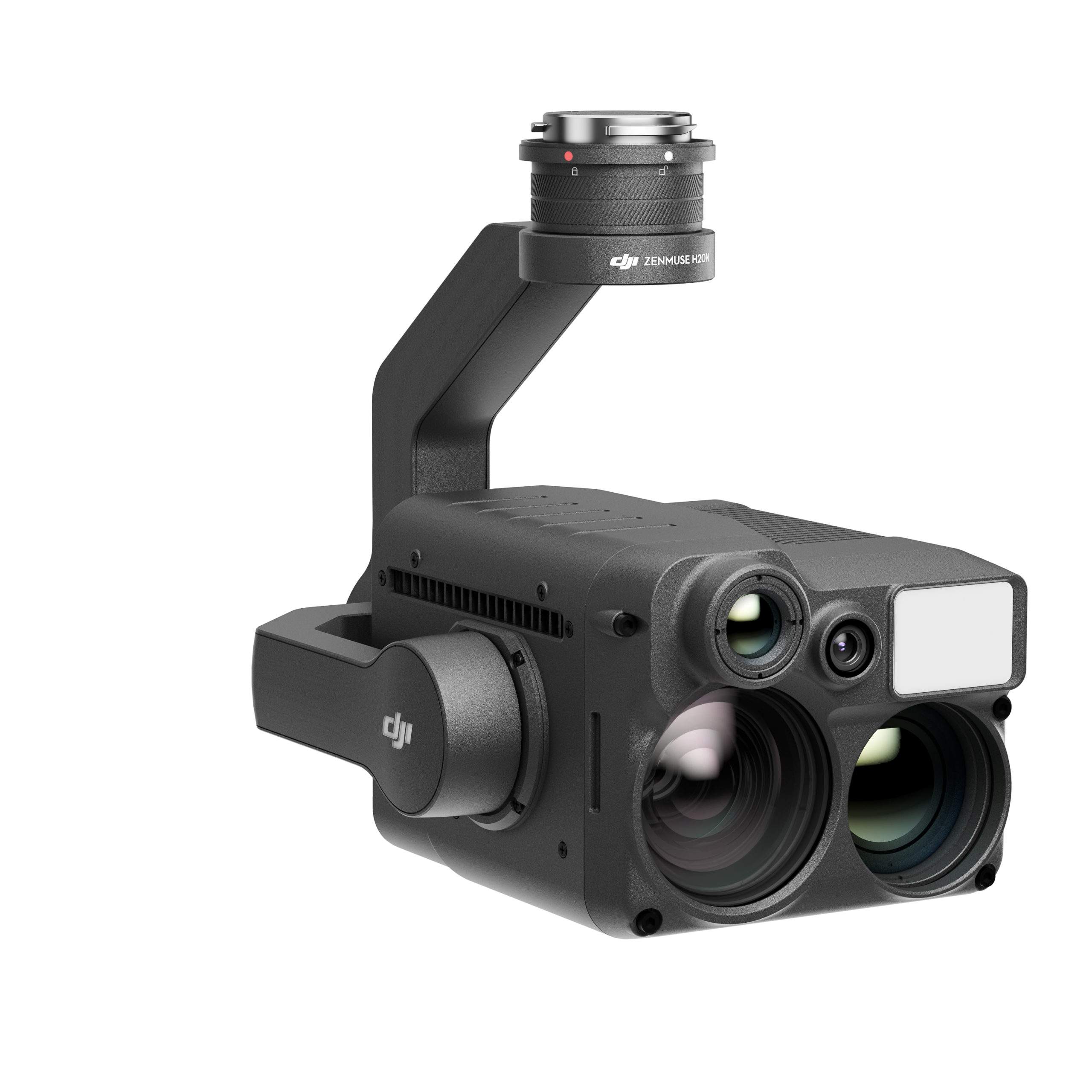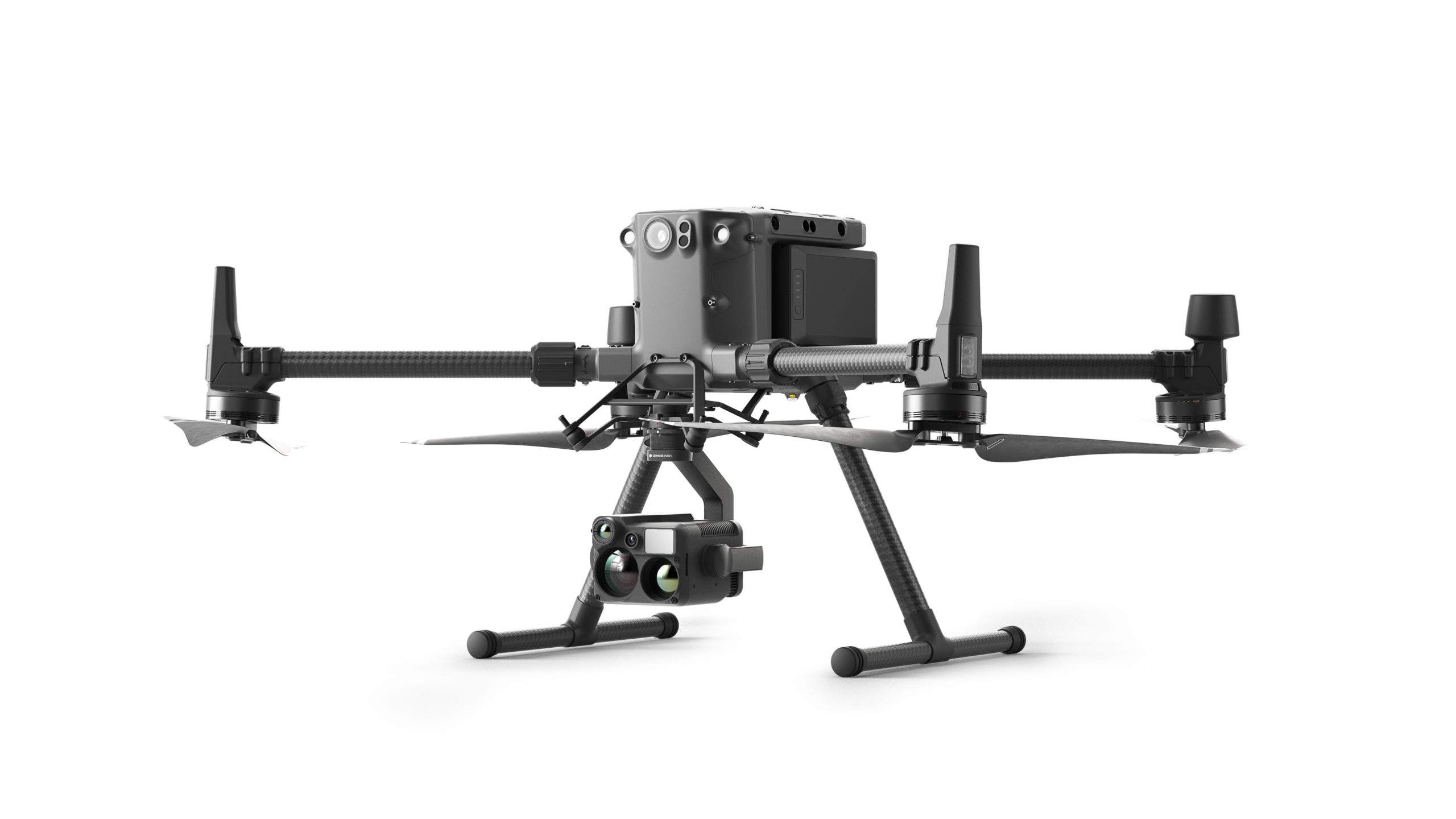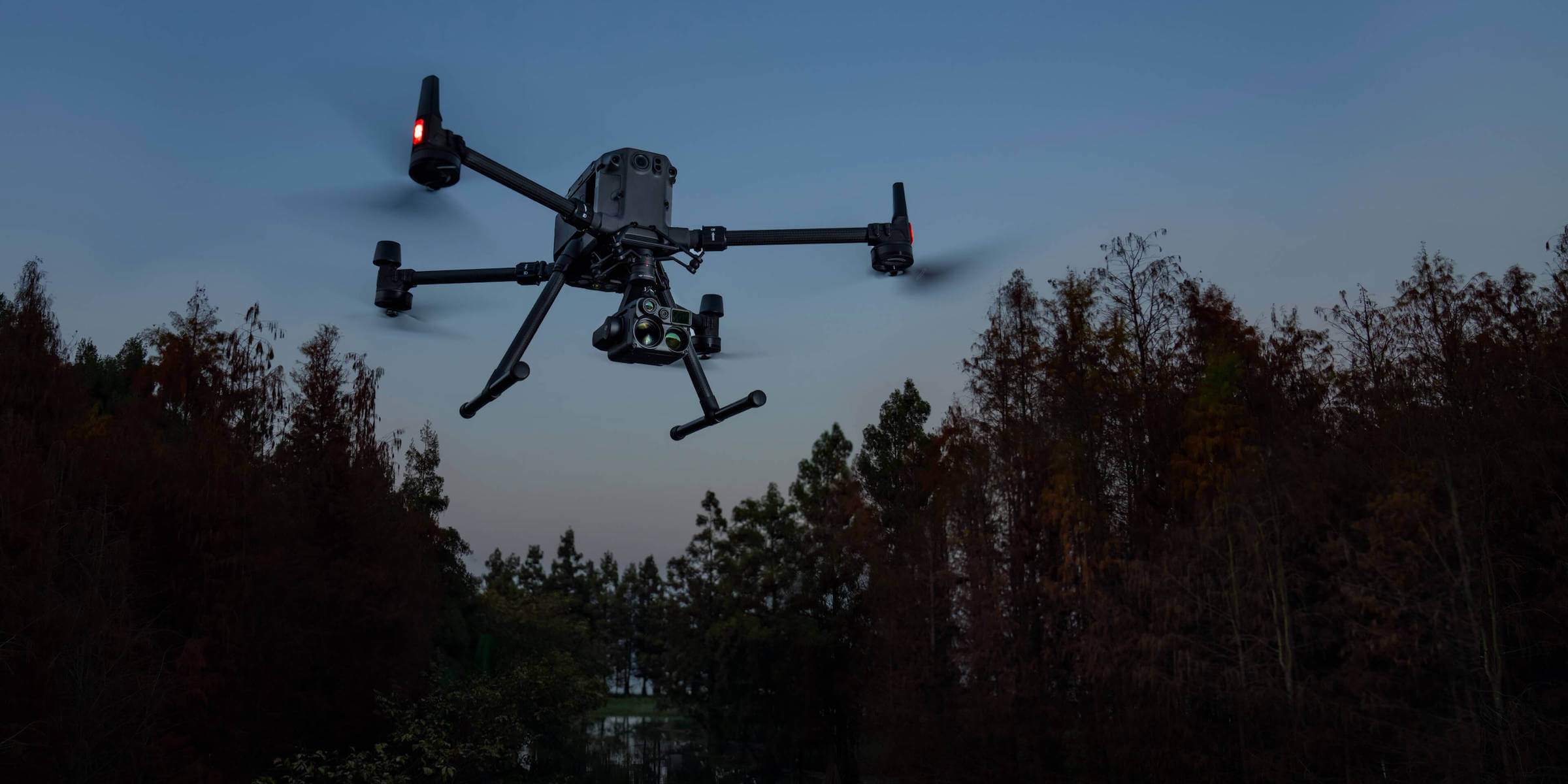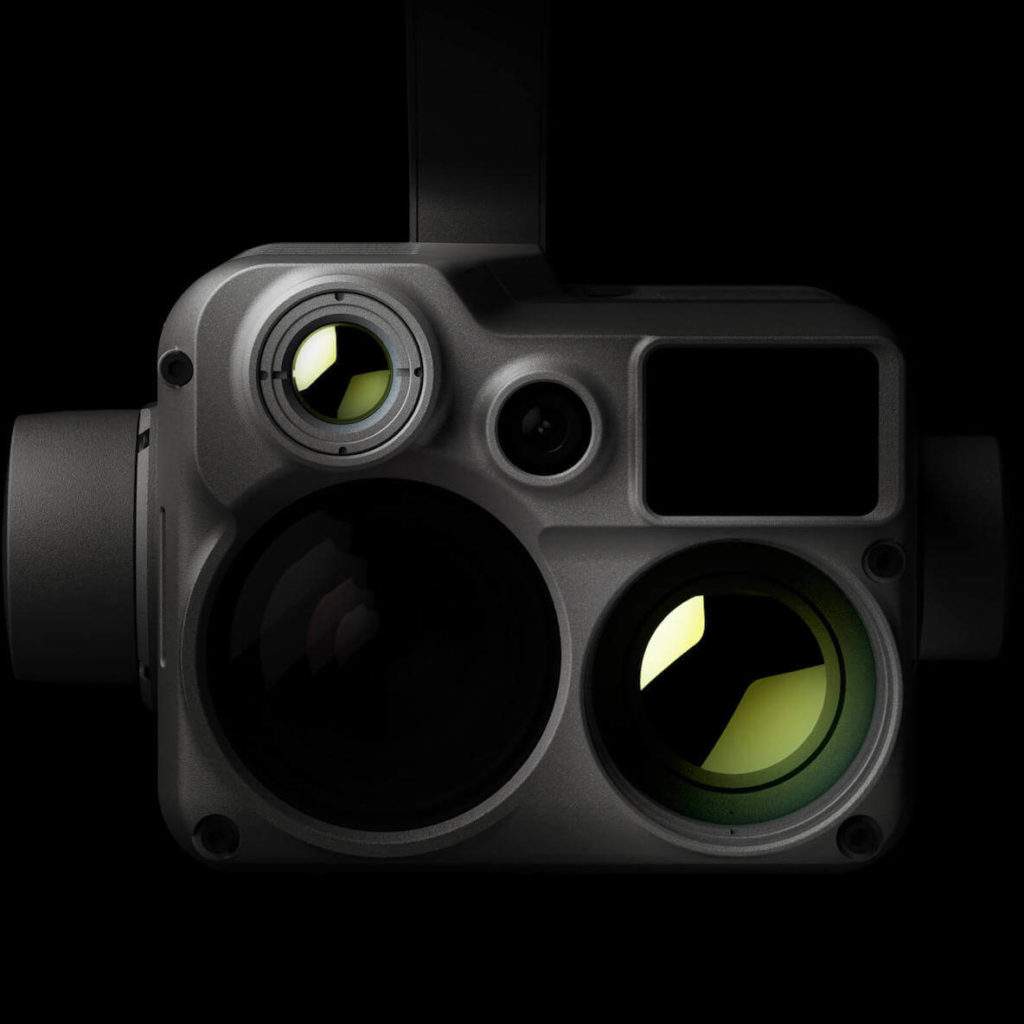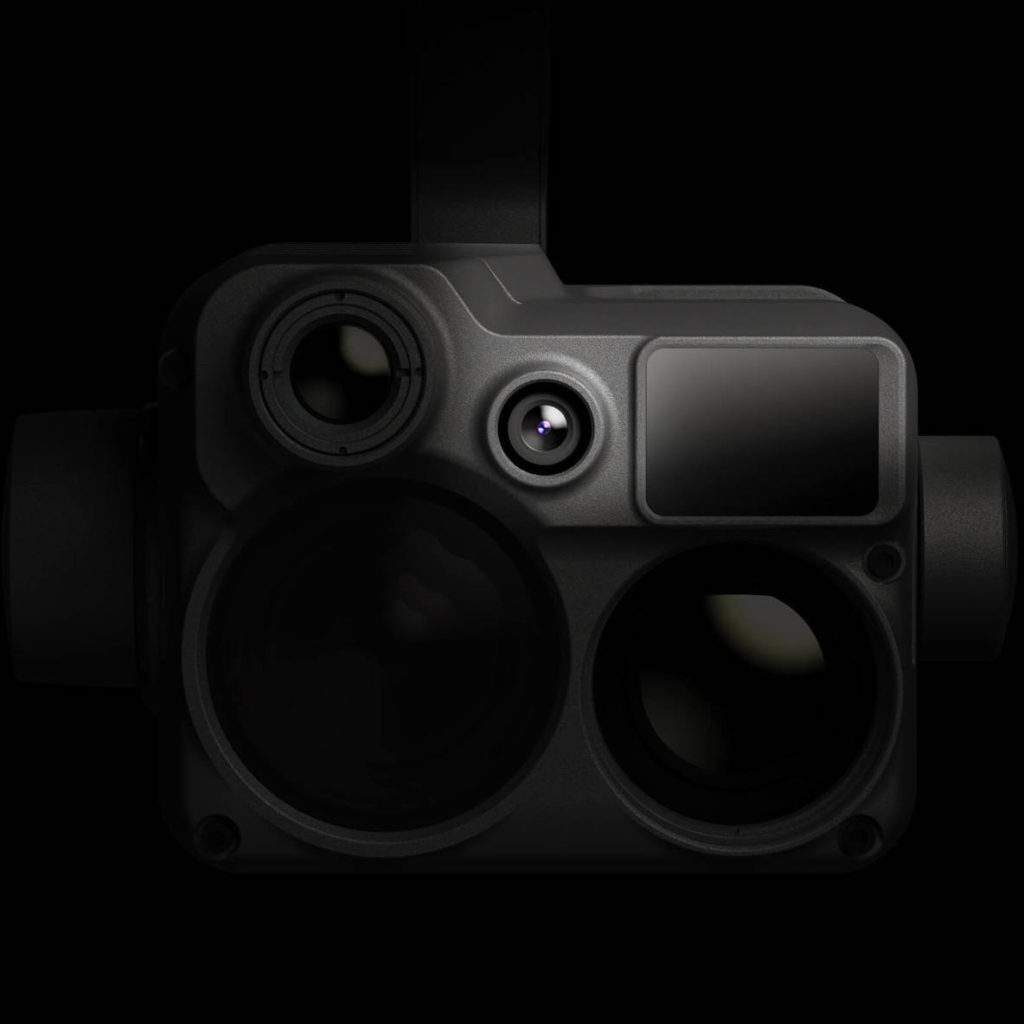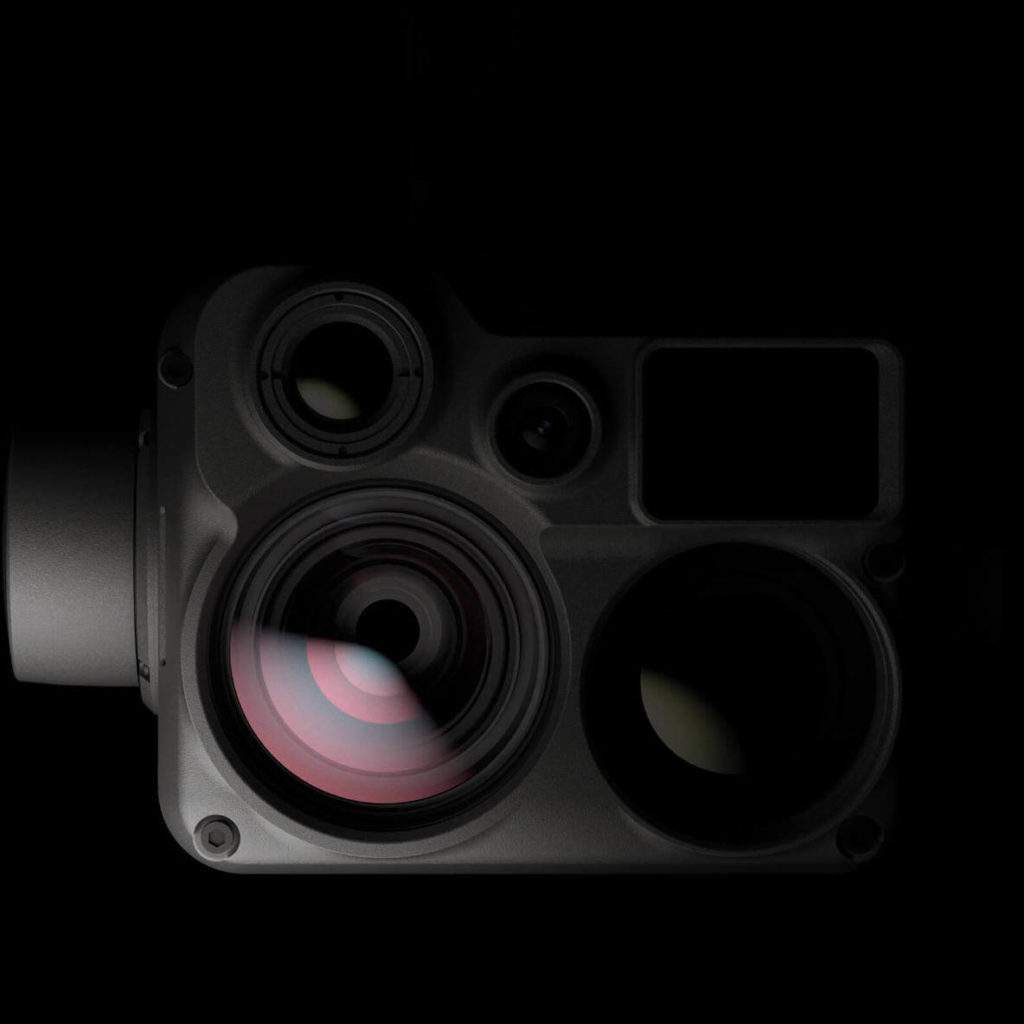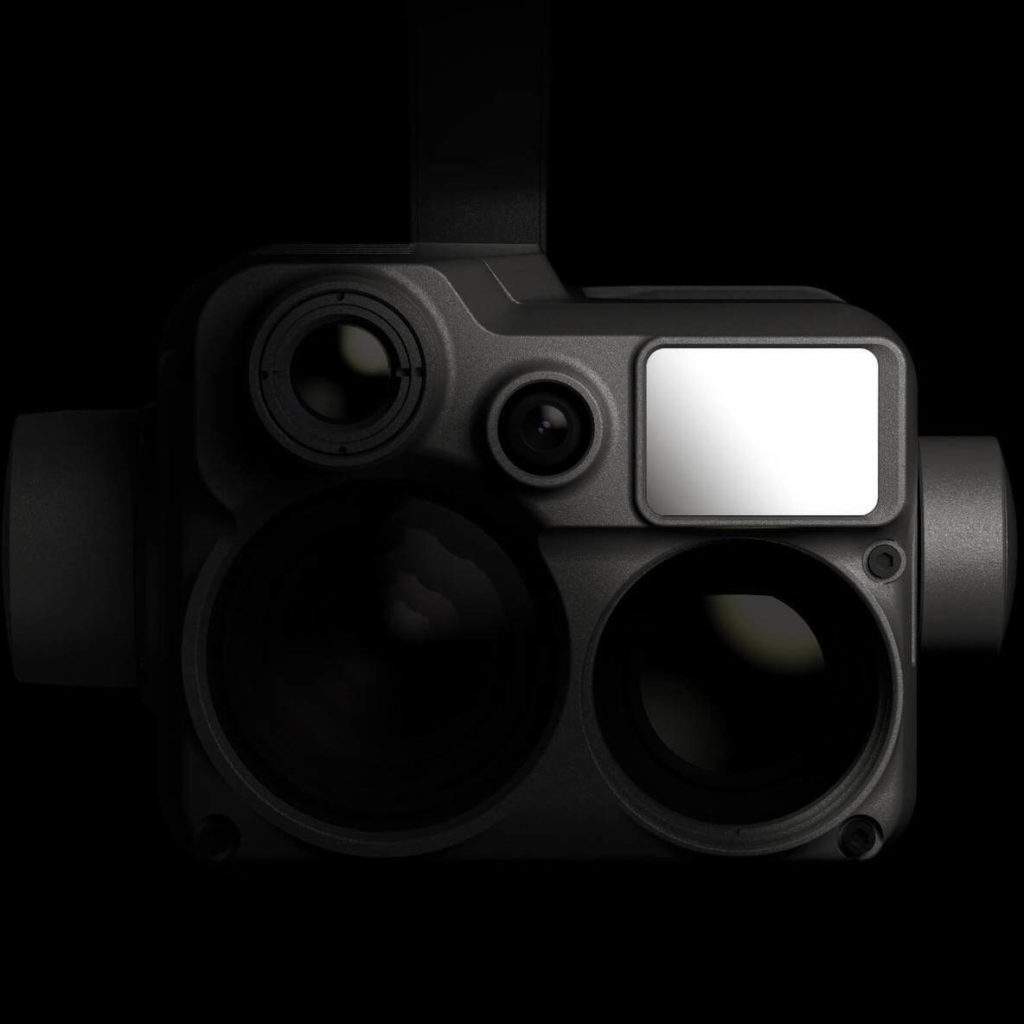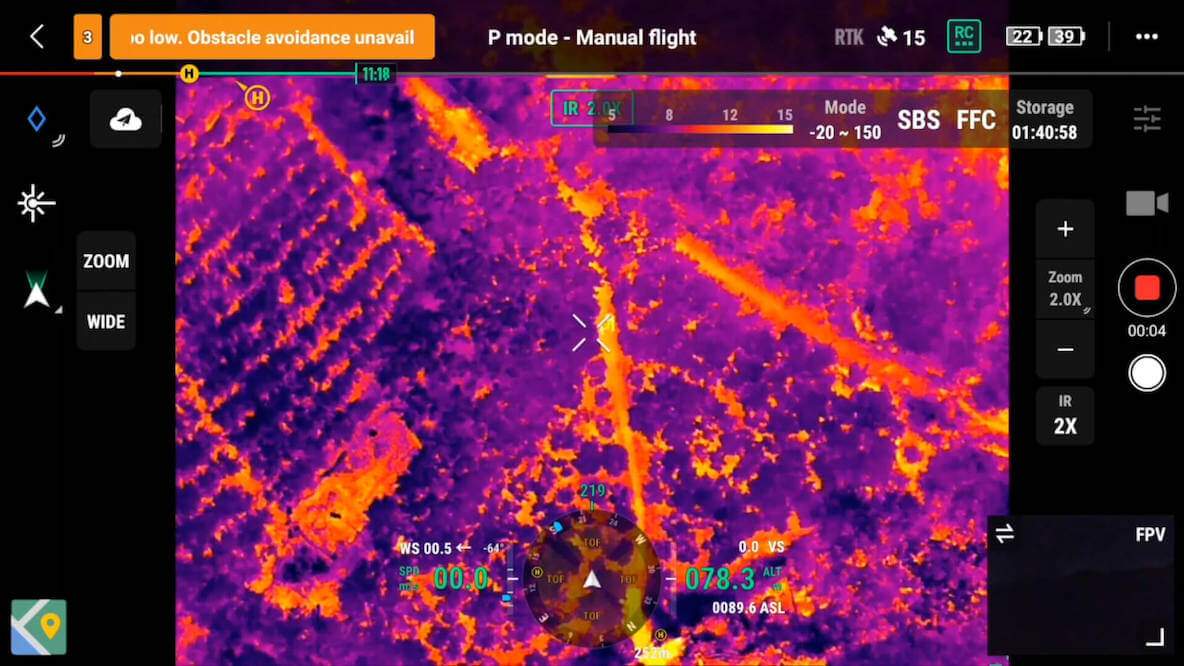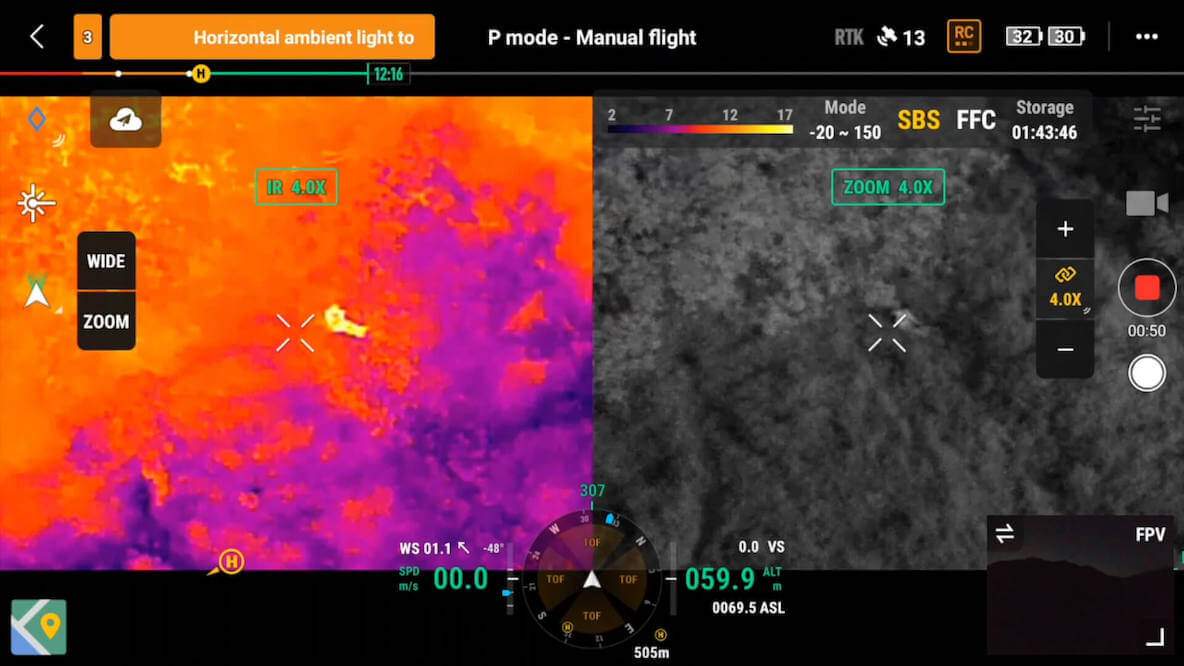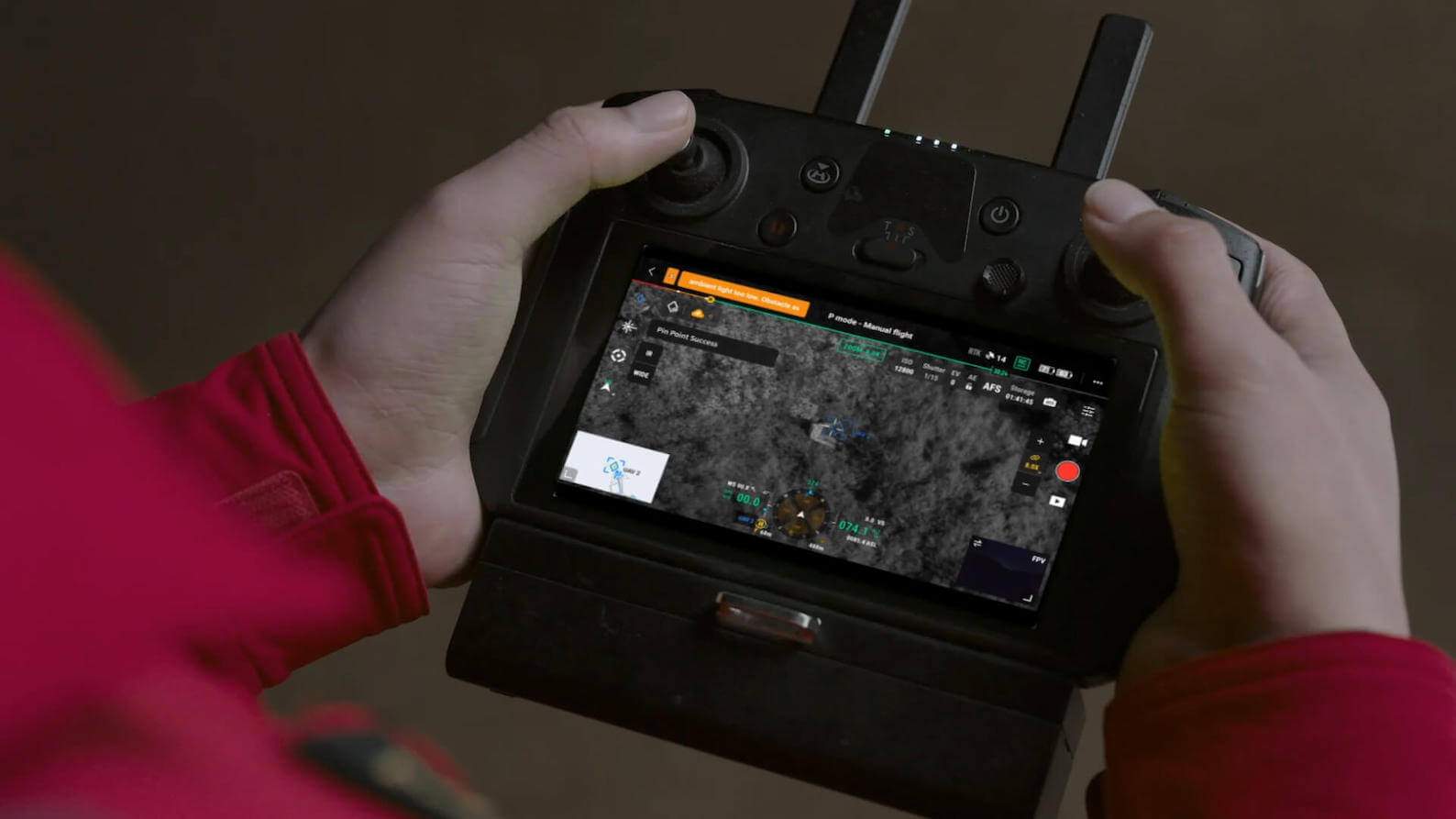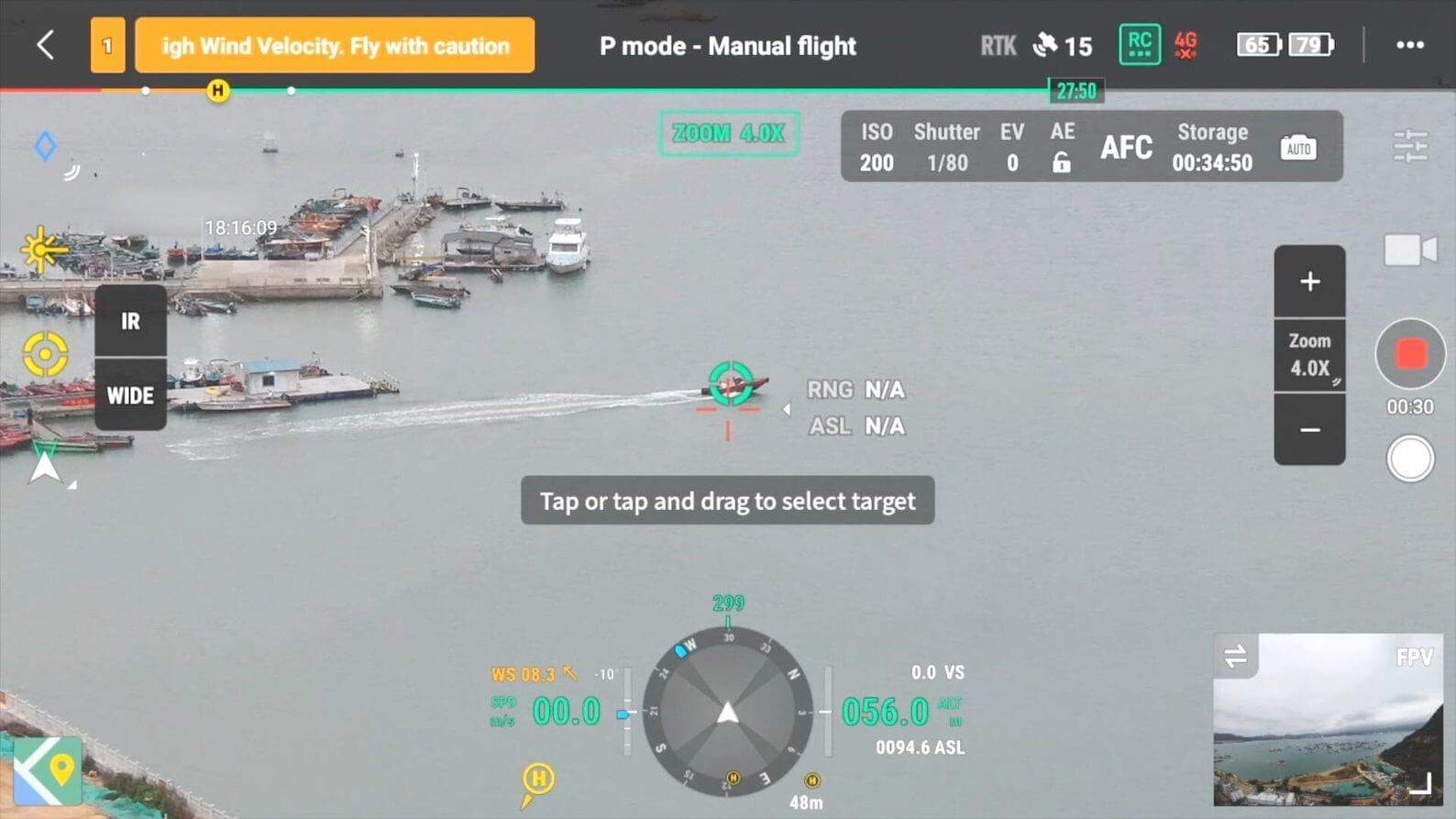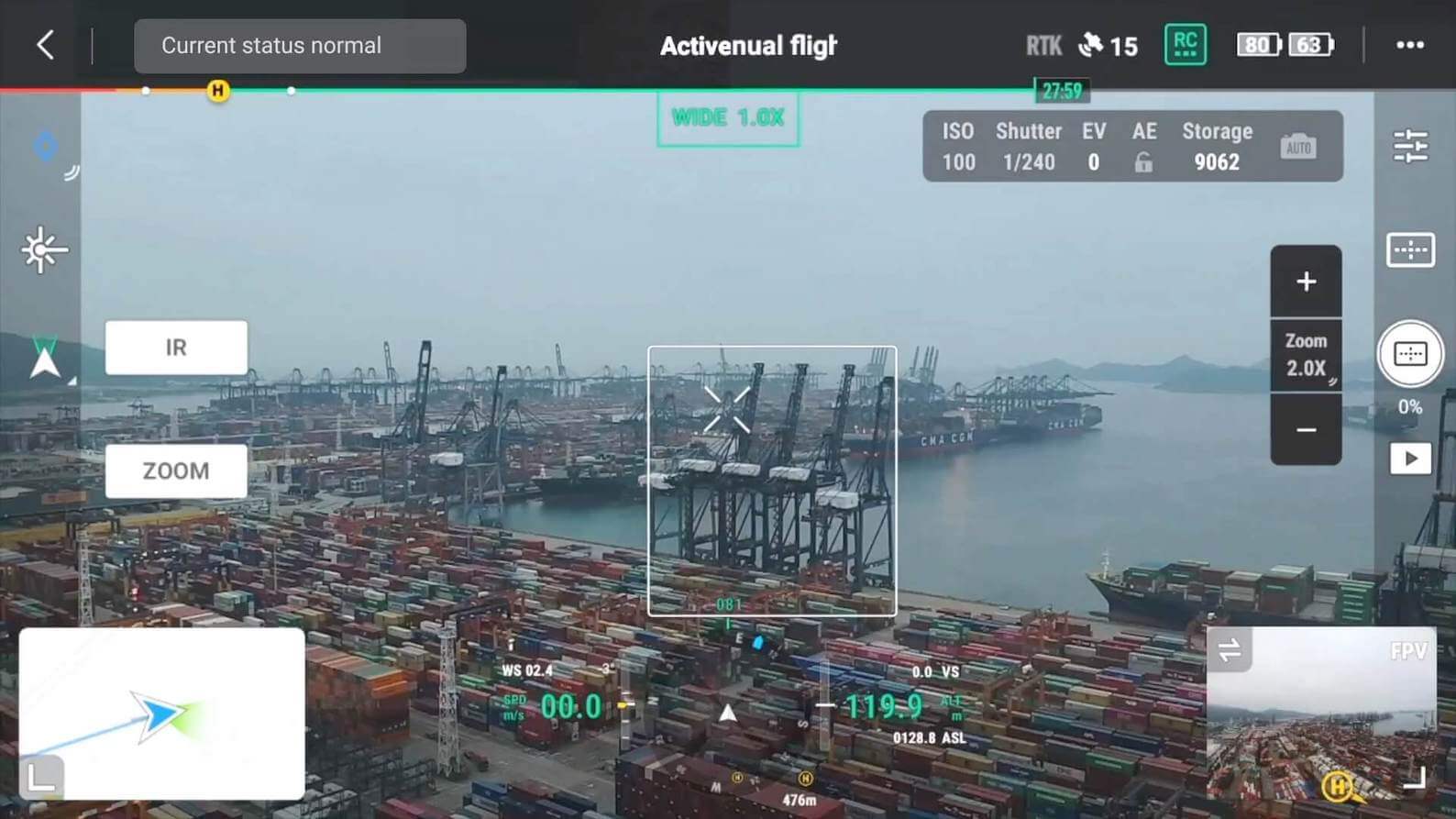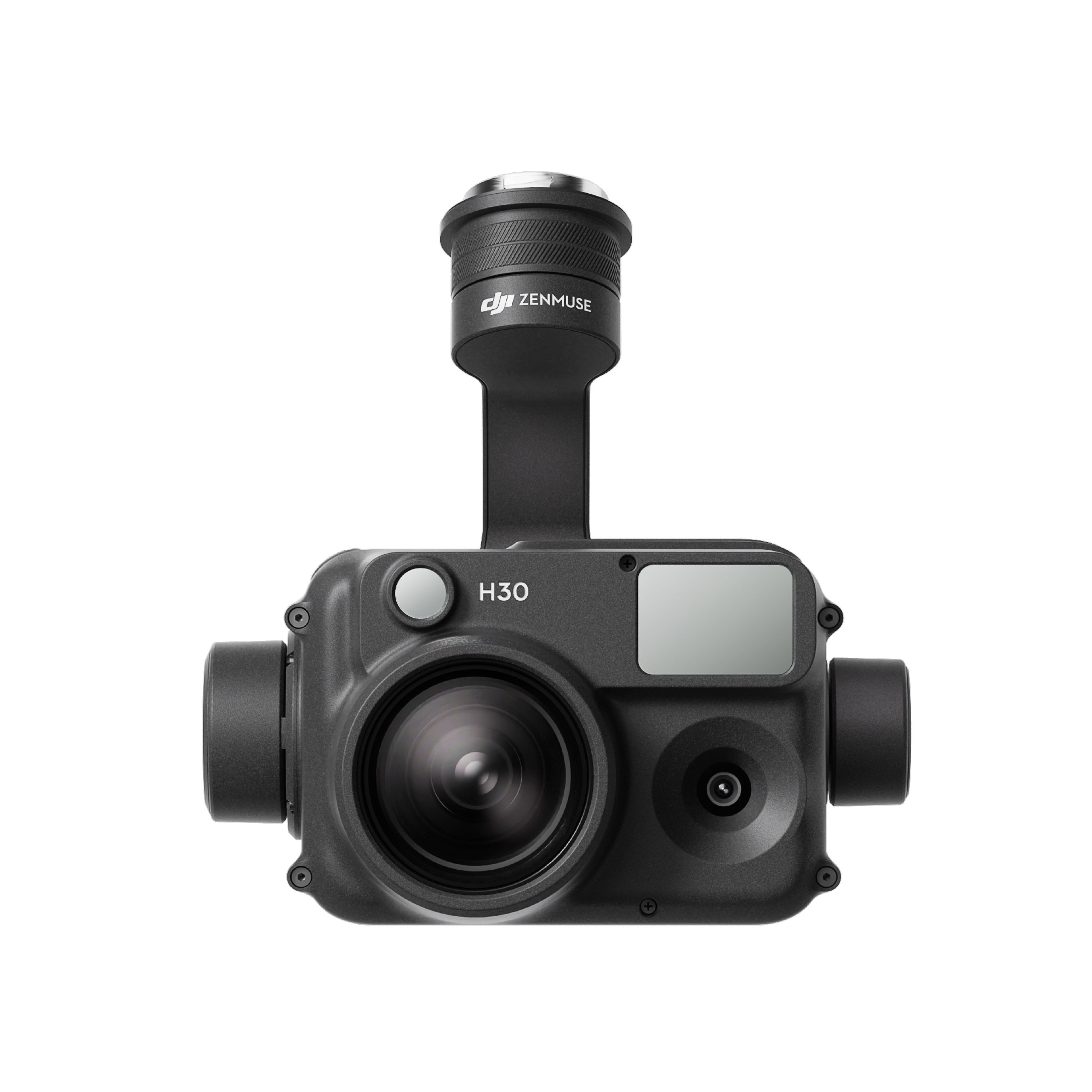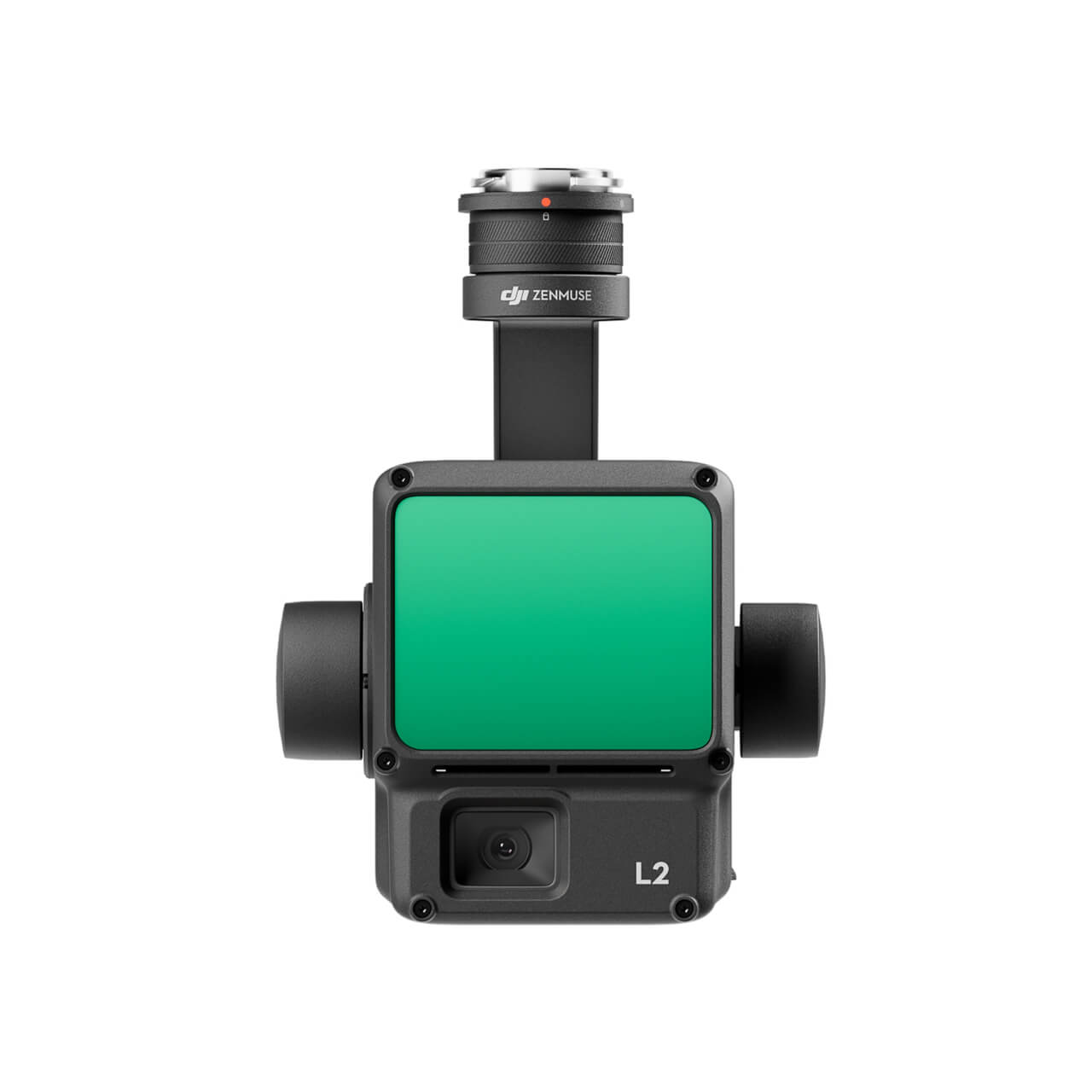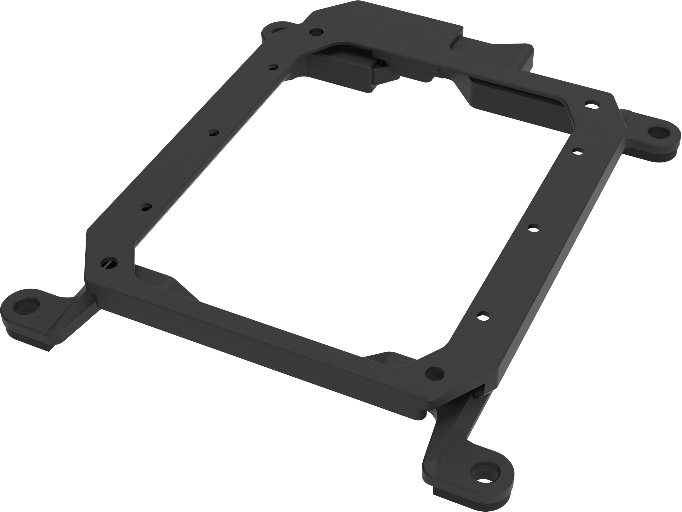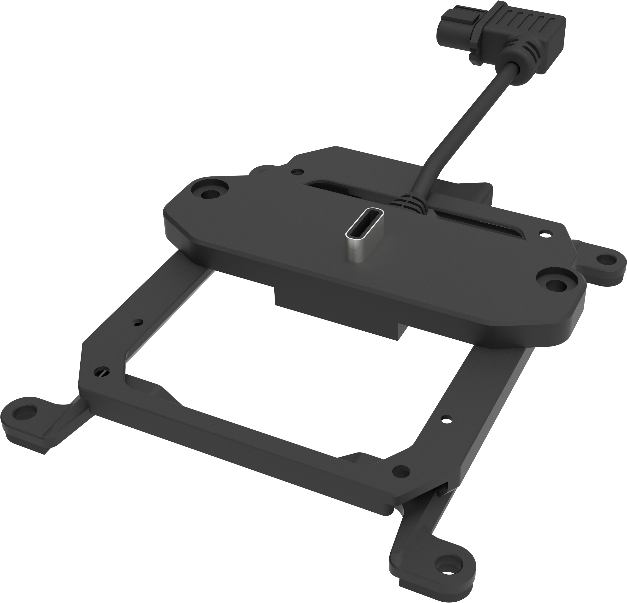Gimbal and Camera
What is the protection rating of the Zenmuse H20N?
The Zenmuse H20N is IP44 protection rated under the IEC60529 standard (Note: The protection rating is not permanent, which might be reduced due to prolonged use, and wear). • Make sure there is no liquid on the surface or in the gimbal connector before installation.
- Make sure the gimbal is securely installed to the aircraft and the SD card slot cover is clean and closed properly.
- Make sure the surface of the gimbal is clean before opening the SD card slot cover.
What is the video capture format supported?
Video files are saved in MP4 format with H.264 encoding
What is the zoom ratio of the Zenmuse H20N?
The visible light camera supports 20× hybrid optical zoom and up to 128× digital zoom. The thermal imaging camera supports up to 32× hybrid zoom.
What is the temperature measurement accuracy of the Zenmuse H20N thermal imaging camera?
When the thermal imaging camera uses a 2× and 4× zoom, the measurement accuracy is ±2°C or ±2%, whichever is greater. (Tested at a distance of 5 m away from the black body at 25°C in a laboratory environment without wind)
When using 8× zoom or above, the temperature measurement accuracy is ±5°C (when using 8× zoom or above in case of infrared cameras, the minimum focal distance is 35 m. The accuracy of temperature measurement at this distance is more likely to be affected by the environment, decreasing measurement accuracy. Note: Due to differences in the emission rates of different black bodies and the effect of different environments on temperature measurement, the measurement results only represent the detection precision of the black body under the laboratory environment.
What are the differences between the high gain and low gain modes of the Zenmuse H20N’s infrared thermal imaging camera?
High Gain Mode: The temperature measurement range displayed is relatively small, the temperature measurement range is between -20°C and 150°C, and the image quality is high;
Low Gain Mode: The temperature measurement range displayed is relatively large, the temperature measurement range is between 0°C and 550°C, and the image quality is relatively low.
How many temperature measurement modes does the Zenmuse H20N thermal imaging camera has?
There are two temperature measurement modes: point temperature measurement and area temperature measurement.
Does the Zenmuse H20N have multiple versions with different focal length? What is the focal length of its thermal imaging camera?
There is only one version of the Zenmuse H20N. The focal length of wide-angle infrared thermal imaging camera is 12 mm (f/1.0), a equivalent focal length of 53 mm, and the DFOV is 44.5°. The telephoto infrared thermal imaging camera has a focal length of 44.5 mm (f/1.2), an equivalent focal length of 196 mm, and the DFOV is 12.5°.
What software can be used for post-processing of infrared thermal imaging photos taken by the Zenmuse H20N?
DJI infrared thermal analysis tools can be used to measure the temperature. Click on the link to download
What is the Zenmuse H20N’s Intelligent Night Scene Enhancement?
When using the Zenmuse H20N Intelligent Night Scene Enhancement feature, the camera will switch to the IR filter of the lens and adjust the ISP parameters. At the same time, the intelligent low-light enhancement algorithm is used to make it more suitable for low light conditions.
What is the biggest capacity of microSD cards supported?
It supports up to 128 GB capacity, and it is recommended to use a UHS-I Speed Grade 3 microSD card.
Which apps are suitable for the Zenmuse H20N?
Currently only compatible with the latest Android version of DJI Pilot 2 App.
Which flying platforms does it suit?
Matrice 300 RTK. Please upgrade the aircraft and remote controller (RC) to the latest firmware.
What are some things to consider when handling the Zenmuse H20N?
- DO NOT expose the camera lenses to a strong energy source such as the sunlight, lava, or laser beam. If the target of lens observation has a temperature above 800 °C, it may burn the infrared detector, resulting in irreparable damage to it.
- DO NOT place the product under direct sunlight, in areas with poor ventilation, or near a heat source such as a heater.
- DO NOT repeatedly power the gimbal and camera on or off. After powering off, wait at least 30 seconds before powering back on. Otherwise, the product life will be impaired.
- DO NOT remove or insert the microSD card in the course of use.
- DO NOT touch the surface of the lens with your hand. Be careful to avoid scratching the surface of the lens with sharp objects. Otherwise, the quality of images may be affected.
- Clean the surface of the camera lens with a soft, dry, clean cloth. DO NOT use alkaline detergents.
- Store the camera in a safety box, and keep it dry and ventilated.
What are the main differences between the Zenmuse H20N and Zenmuse H20T?
Both the wide-angle and the zoom camera of the H20N use a sensor that is more suitable for low light conditions, and a dual thermal imaging camera is also used for hybrid zoom, greatly improving the observation distance of the thermal imaging camera.
How do I use the Zenmuse H20N’s Synchronized Split-Screen Zoom function?
- Press and hold the Synchronized Split-Screen Zoom button between the two visible-light zoom buttons to sync both cameras.
- The infrared zoom button disappears after the cameras are linked. Use the “Zoom” to zoom and these two cameras will zoom simultaneously.
- Press the Synchronized Split-Screen Zoom button again to turn off sync mode.
